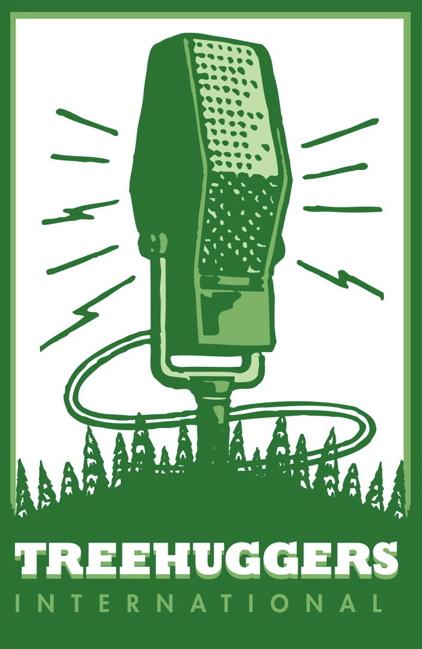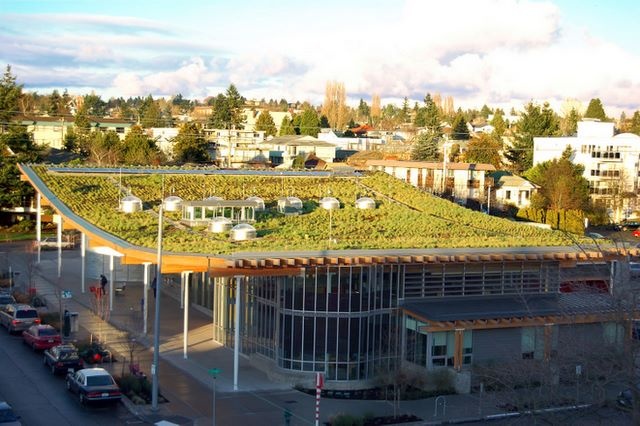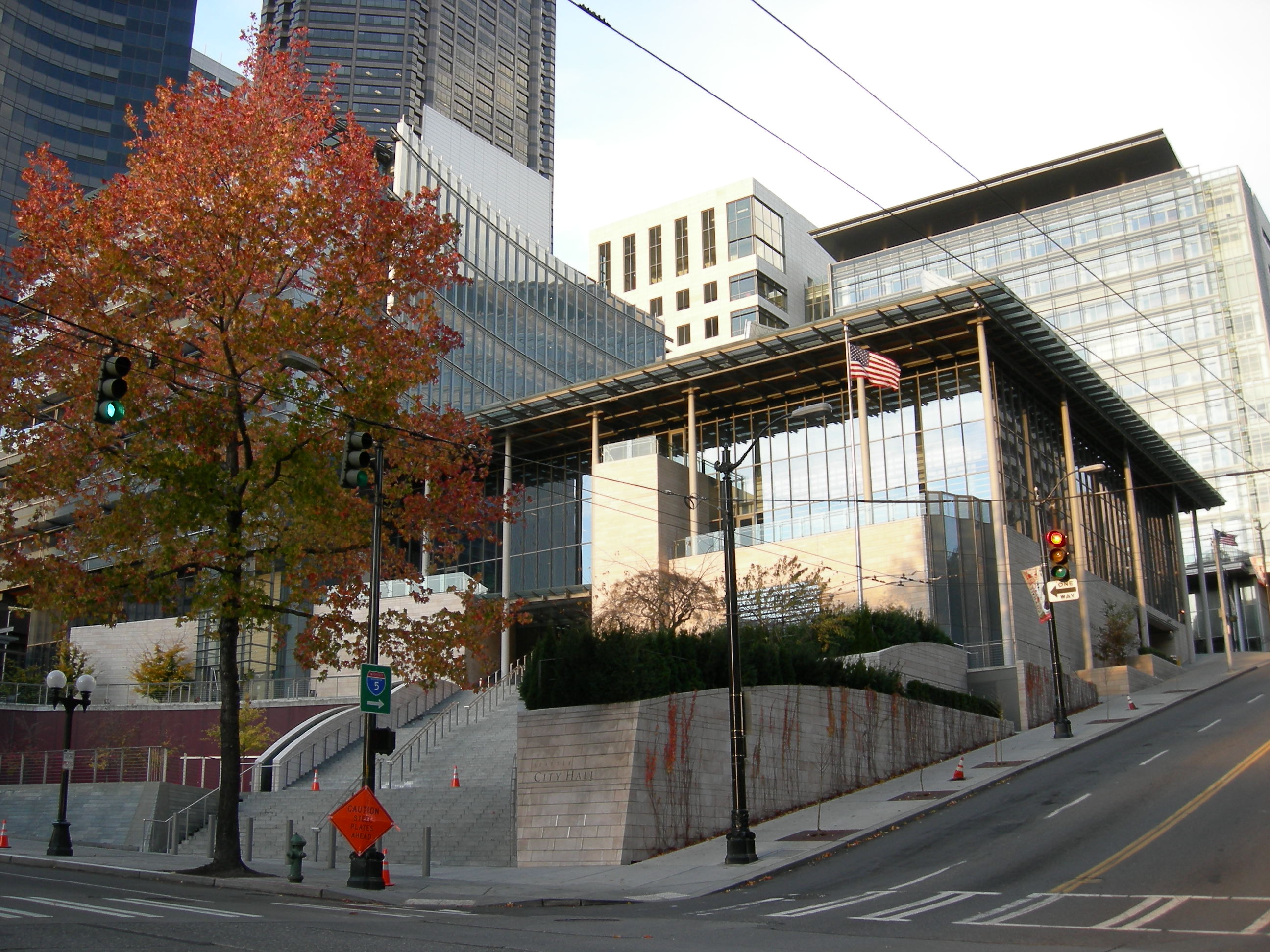Green Building Practices, Part 2
The second part of our two-part series on sustainable design and so-called “green” architecture, we catch up with area architect.
Farmers Markets and Organic Farming
Podcast: Download (Duration: 27:26 — 31.4MB)
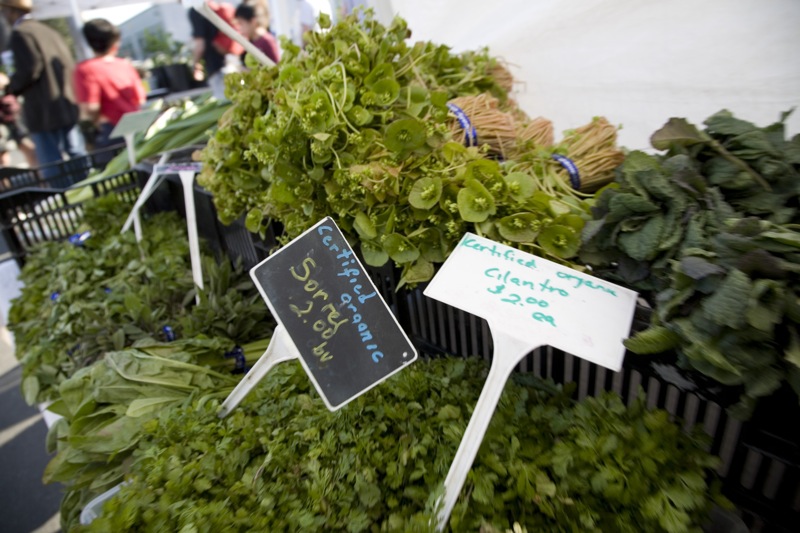
The Columbia City Farmers Market runs from April to October.
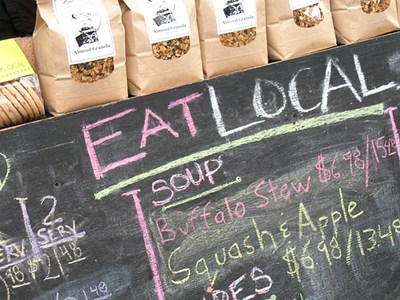
One of the great pleasures of living in Seattle is the regular abundance of fresh Pacific Northwest food and neighborhood farmers markets, seemingly located in every corner of the city. From apples and Rainier cherries to peppers, roots, and herbs, the volume of tasty, healthy delights available at area farmer’s markets never ceases to amaze.
But these neighborhood markets don’t just appear out of thin air, there’s a dedicated, hard-working crew of people behind the scenes who organize, arrange, and set up weekly farmers markets throughout Seattle.
From the Neighborhood Farmers Market Alliance, Janet Hurt joins Treehuggers International to discuss the history and growth of Seattle-area farmers markets and the resurgence of specialty organic family farms, while comparing and contrasting farmers markets prices to prices at your local grocery store.
Janet also explains the basics of organic farming, the benefits of buying local, the freshness and variety of food available at area farmer’s markets, and the ability for the customer to talk directly to the farmers in person.
We’ll debunk farmers markets myths, explain what constitutes a “local” farm, discuss the positive impact of the Neighborhood Farmers Markets Alliance and other markets on local economies and the neighborhoods they operate in, how buying and eating locally-grown food can lower the chance of disease outbreaks, and the need to retain productive farmland and open spaces in the growing Skagit Valley between Seattle and Vancouver.
More about this post at:
- Neighborhood Farmers Market Alliance
- Friends of Skagit County
- Lake City Farmers Market: What’s New (Seattle Post-Intelligencer; 6/6/08)
- Chefs Offer Tips for U-District Farmers Market Produce (Seattle Post-Intelligencer; 9/13/07)
- Developer Buys Columbia City Plaza (Seattle Post-Intelligencer; 6/19/07)
- One Family’s Farmers Market Experiment (Seattle Post-Intelligencer; 5/30/07)
- Farmers Markets Find It Hard to Put Down Roots (Seattle Post-Intelligencer; 5/4/07)
- Seattle Stereotypes (University of Washington Daily; 3/8/07)
- Farmers Market Livens Up Lake City (Seattle Post-Intelligencer; 8/25/06)
- Yarrow Point Woman Plants Seeds of Bellevue Farmers Market (Seattle Times; 3/20/04)
- Ballard Farmers Market Is First to Sell State Wines (Seattle Times; 8/13/03)
- Freshness Bursting from Local Farmers Markets (Seattle Times; 8/7/02)
- Farmers Markets Making Comeback In Modern World (Seattle Times; 11/7/99)
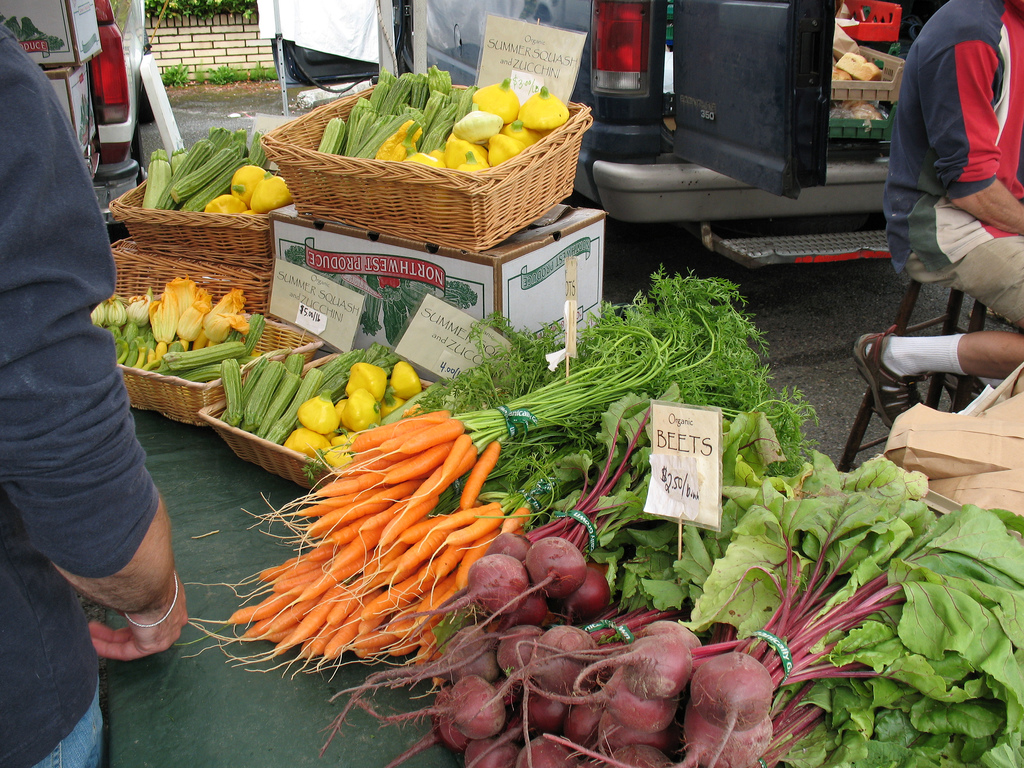
The Magnolia Farmers Market is open June through September.
Green Building Practices (part one)
Podcast: Download (Duration: 35:15 — 40.3MB)
Green Architects Craig Curtis, Mike Jobes and Brad Pease
We may on the verge of a new golden age of public buildings and architecture, as cities and governments recognize the value in building green. The surprising thing is it’s not just good for the local environment, or even aesthetically unique or pleasing – there’s also real science that demonstrates building green is cost-effective and keeps long-term operating costs down.
Cows On the Roof
If you’re a Seattle resident, you may have noticed grass growing out of the roof of the new library in Ballard. You may have also wondered what the EMP building might be used for should Paul Allen’s Experience Music Project ever vacate the premises.
Maybe you’ve heard the term “sustainable building practices” thrown around at parties and hipster gatherings, but what does it mean? What is “green building,” what is LEED, and how does it benefit the bottom line for clients of architectural firms?
Turns out, with all things green being hip these days, a lot of companies are coming to firms which specialize in green construction because building green is ultimately cost-effective and keeps long-term operating costs down.
Seattle-area architects Craig Curtis and Mike Jobes from the Miller/Hull Parntership and Brad Pease from Paladino and Company Green Building Strategies, all pioneering green building with their respective firms, come together on a special “green building” Treehuggers International panel.
Join us as our panel talks about the future of green architecture, city planning, European space vs. city models, modular buildings, smaller building “footprints,” and related environmental topics.
We’ll also have a laugh or two at the expense of the EMP Building. We’re confident Paul Allen will get over it.
On the Verge of the Wild Sky Wilderness
A terrific conversation with Bob Freimark, the Senior Policy Analyst for the Pacific Northwest at the Wilderness Society’s Seattle office, about the impending Congressional passage and creation of the Wild Sky Wilderness.
